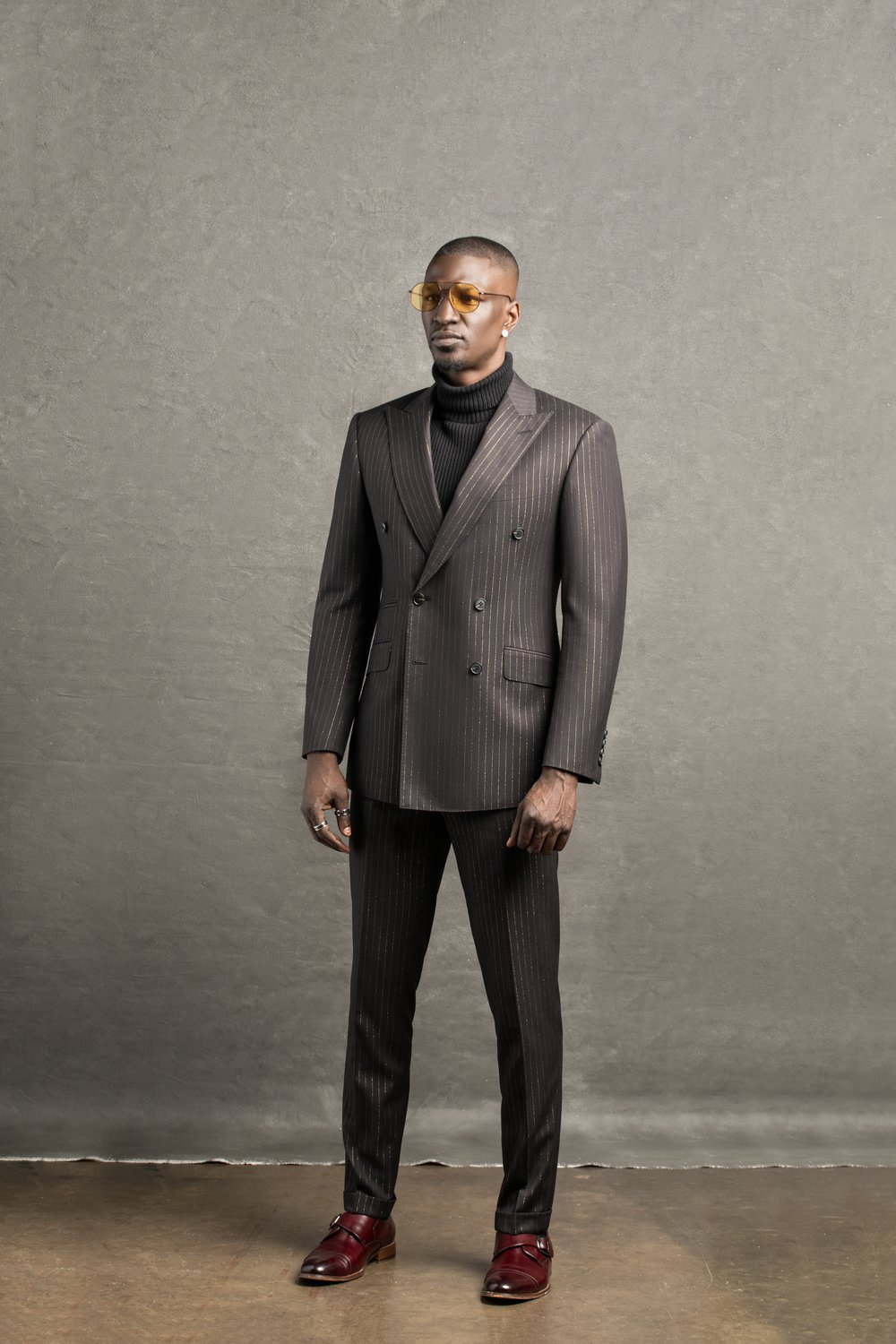Bespoke Tailor Perth: Crafting the Perfect Suit for You
Bespoke Tailor Perth: Crafting the Perfect Suit for You
Blog Article
A Deep Dive Into the Globe of Tailors: Techniques, Devices, and Trends Forming Modern Haute Couture
The world of tailoring is an engaging crossway of classic workmanship and sophisticated technology, shaping the textile of modern-day haute couture. From the vital devices that craftsmens wield to innovative techniques that redefine fit and design, the tailoring landscape is developing. Current patterns emphasize sustainability and inclusivity, pushing the borders of traditional norms. As we check out these elements, one have to think about just how this development will impact the future of bespoke customizing and what implications this holds for both customers and developers alike.
The Art of Tailoring
The solution exists in the careful craftsmanship and personalized fit that customizing embodies. Master customizes not just have technological abilities but also a natural sense of style, allowing them to create garments that improve a person's shape while ensuring comfort.
At the core of tailoring is the capability to achieve a specific fit. This entails taking comprehensive dimensions and making modifications that make up the special percentages and preferences of the user. Tailors utilize numerous strategies-- such as rushing, draping, and shaping-- to contour the material flawlessly to the body. The selection of materials also plays an essential duty; top notch fabrics contribute to the overall visual and long life of the garment.
Moreover, the creativity of tailoring prolongs past plain construction. It encompasses the thoughtful selection of details, consisting of sewing patterns, button positionings, and cellular linings, which jointly boost an item from common to extraordinary. Essentially, the art of customizing transforms fabric right into a masterpiece, reflecting the uniqueness and style of the user.
Crucial Devices for Tailors
A successful tailor relies on a set of important devices that are basic to the craft of customizing. Among one of the most crucial instruments are premium scissors, designed for precision cutting of fabric and string. Tailors also utilize rotating cutters, which offer efficiency and precision, especially for straight lines and elaborate patterns.
Gauging devices, such as tape measures, leaders, and yardsticks, are crucial for making certain proper fit and placement. In addition, dressmaker's chalk or material pens are made use of for noting modifications and patterns without harming the fabric.
Embroidery makers, varying from basic models to sophisticated computerized versions, play a central function in the crafting procedure, enabling regular stitching and ending up. Similarly vital are needles and string, which must be selected according to the fabric type to make certain durability and visual charm.

Ingenious Strategies in Tailoring
As the garment industry advances, tailors are significantly adopting cutting-edge strategies that boost both the workmanship and performance of their job. One considerable advancement is the combination of digital technologies, such as 3D body scanning and computer-aided design (CAD) These tools make it possible for dressmakers to produce precise patterns that fit the one-of-a-kind shapes of each customer, decreasing the requirement for multiple fittings and adjustments.
Additionally, the rise of automated embroidery machines has actually transformed conventional techniques, enabling for faster production times without sacrificing quality. These makers can perform complex stitching and describing that would certainly be taxing when done by hand. Additionally, making use of laser reducing modern technology has streamlined the reducing procedure, making sure precision and lowering textile waste.
Sustainability is additionally influencing innovative strategies in tailoring. Numerous dressmakers are currently checking out zero-waste patterns and upcycling products, adding to even more environmentally aware techniques within the sector. Collaborative techniques, where dressmakers work closely with developers and customers, foster creative thinking and ensure that garments mirror the unique vision of the user. These ingenious techniques not only raise the quality of tailored garments however also redefine the role of tailors in contemporary style.
Current Fads in Style Layout
Present patterns in style design reflect a vibrant mix of imagination and technical advancement, shaping the industry in extraordinary methods. As sustainability takes center phase, designers significantly focus on green products and ethical production techniques. This change not only reacts to consumer need for liable fashion however also cultivates technology in fabric view website advancement, such as the usage of recycled fabrics and naturally degradable materials.

One more significant trend is the rebirth of gender-fluid fashion, which tests traditional norms and promotes inclusivity. Developers are crafting collections that defy binary try these out categories, enabling a wider expression of identification. The influence of streetwear and athleisure stays strong, obscuring the lines in between high fashion and daily wear, thus equalizing style.
The Future of Tailoring
Increasingly, the future of tailoring is poised to embrace a fusion of standard craftsmanship and innovative technology. This development is identified by the integration of digital devices, such as 3D body scanning and computer-aided design (CAD), which enhance accuracy in dimensions and pattern-making. These improvements enable tailors to produce bespoke garments that fit the individual flawlessly, reducing material waste and production time.
Moreover, the increase of sustainable style is affecting customizing methods, engaging craftsmens to embrace environment-friendly materials and methods (tailor perth). As customers become extra conscious of their ecological effect, pop over here the need for tailored garments made from organic and recycled materials is expected to grow
Furthermore, advancements in automation and synthetic intelligence are set to change the manufacturing landscape. While these modern technologies may improve particular processes, they will certainly not change the imaginative intuition and ability inherent to tailoring. Instead, they will act as devices that improve the artisan's capabilities, enabling greater imagination and development.
Eventually, the future of tailoring will likely reflect an unified equilibrium between time-honored techniques and cutting-edge innovation, making sure that custom fashion stays pertinent and available in an ever-evolving sector.

Final Thought
In conclusion, the world of customizing exhibits an unified blend of conventional workmanship and modern innovations. Necessary devices and ingenious strategies add to the precision and uniqueness of bespoke garments. Present patterns highlight a growing emphasis on sustainability and inclusivity, showing the developing demands of contemporary consumers. As the market remains to adapt, the blend of artisanal skills with technical technologies makes sure that customizing continues to be a dynamic and relevant element of haute couture. top tailor perth.
Report this page